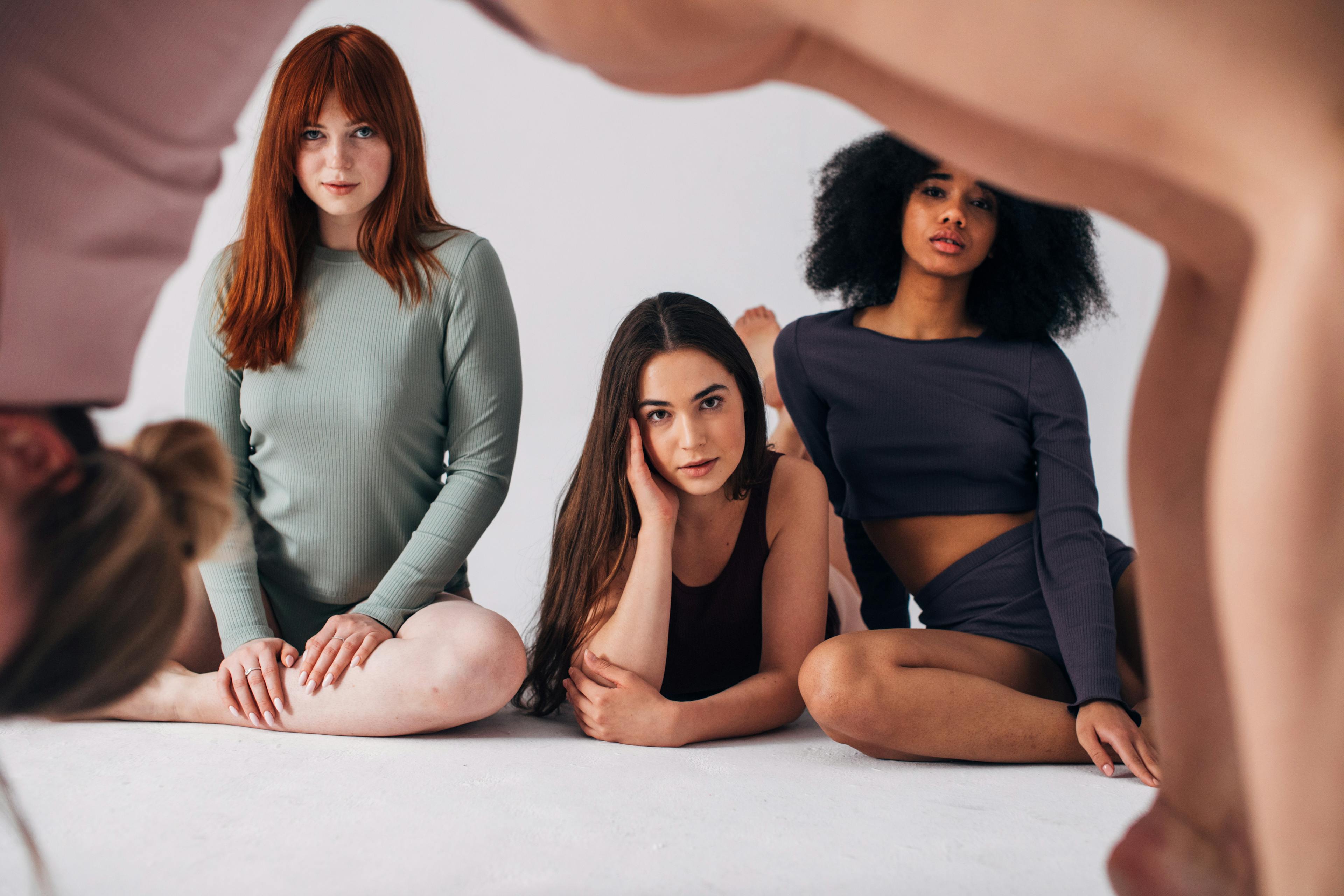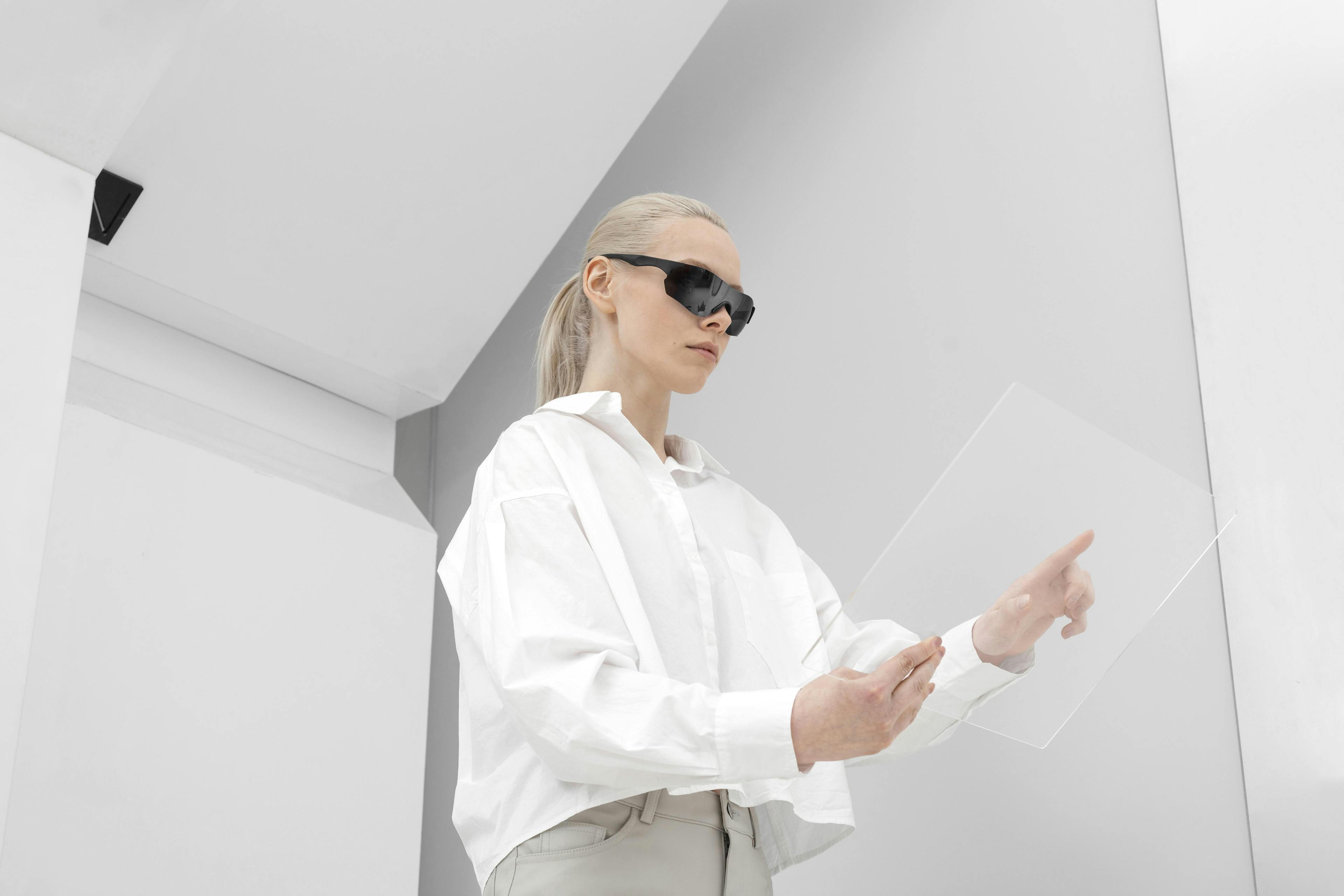
Inclusion and Diversity in fashion e-commerce
For a long time, fashion brands have been represented by tall, thin, and rather white women. This representation did not only appear during the fashion shows, but also in the advertising campaigns and in their communications on social networks.
However, more and more consumers want to have a fashion more representative of reality and society. Faced with this situation, brands are breaking away from the old codes, highlighting diversity and offering more inclusive products.
I) What is inclusive fashion?
1) A need for self-acceptance
Inclusion highlights the diversity in society: morphology, size, origin, etc. In the fashion industry, it means offering clothing collections that can be worn by everyone, whether they are short or tall, thin or curvy, and regardless of skin color.
This concept encourages brands to advocate self-acceptance, so that all women feel good about themselves despite their diversity. It's not just about size inclusive, but difference in general.
More and more women are proudly displaying their bodies and assuming their characteristics. This is all the more accentuated thanks to social networks, with for example the body positive movement which incites to accept one's body even if it does not correspond to the beauty standards imposed by society.
2) Brands are increasingly moving towards inclusion
Furthermore, brands are taking into account the needs of their customers. Indeed, lines for curvy women, whether it is ready-to-wear or lingerie, appear more and more in the collections (Paprika, Fashion Nova...).
Brands such as Tommy Hilfiger or Gucci, do not hesitate to put forward models with a disability (ex: Ellie Goldstein) to celebrate diversity.
More and more magazines and advertising advocate the authentic aspect and limit photo retouching, to encourage self-acceptance.
Inclusive fashion is also supported by the development of ethical fashion which focuses on both the environment and the human.
II) Inclusion enables brands to convert and retain customers
When customers shop online and see tall models with a good figure, they can either buy by aspiration which often leads to returns because of size problems and is therefore expensive for the e-tailer. Or they will refrain from making the purchase due to lack of projection.
Visualization and projection have a real impact on conversion results and customer retention. Putting forward models covering the diversity of the clientele will increase the purchase intention of the customers.
Furthermore, brands can focus their communication on inclusion and diversity which will comfort consumers and allow them to hold on to values that connect them to brands.
As fashion is one of the things that expresses our identity and individuality, it is essential that it is accessible to all.
III) Virtual fitting: a step towards inclusion for brands
In order to reflect diversity for their e-commerce customers, brands are increasingly featuring models with different sizes, body types and backgrounds.
However, reflecting inclusivity and diversity can quickly seem impossible or very costly when one imagines shooting each product on different mannequins.
With a solution like Veesual's Mix&Match, brands can allow their customers to compose their looks with the different garments offered (tops, bottoms, jackets and accessories) and on the mannequin they identify with.
This solution also limits the costs related to the shooting because thanks to the AI used, all the product variations are automatically generated.
The virtual fitting answers another problem of the e-commerce: the customer returns.
Having become a selling point (free return, full refund, home pickup), brands are aware of the drawbacks of online shopping related to the lack of projection and disappointment of customers once the product is received.
Allowing customers to try on products online, with mannequins they can identify with, reduces returns.
RESOURCES
Discover our new article

"Complete the Look" Banners : is it enough ?
Scroll through any product page on a fashion eCommerce site and chances are you’ll see it: a “Wear it With” or “How to Style It” section, usually nestled just beneath the product. These are variations of what many fashion brands refer to as “Complete the Look” banners—a quick way to suggest complementary items that finish an outfit.

Has Online Shopping Lost Its Spark?
For years, e-commerce has delivered on convenience, speed, and scale. But something essential may have been lost along the way: the joy of shopping.

5 Ways Virtual Fitting Can Elevate Your Fashion Brand’s Online Presence
Virtual fitting has become a must-have in fashion e-commerce. Just like everything in fashion, ignoring the trend means falling behind. Virtual Fitting is more than a nice-to-have, it boosts your online shopping experience while making it more accessible and engaging for everyone.
